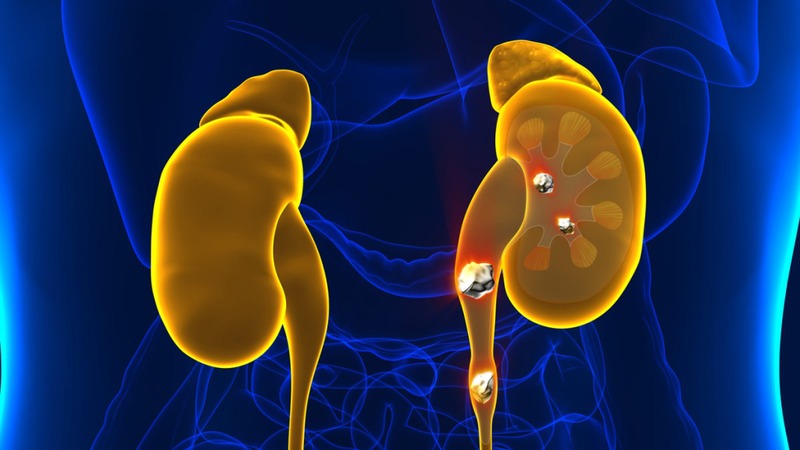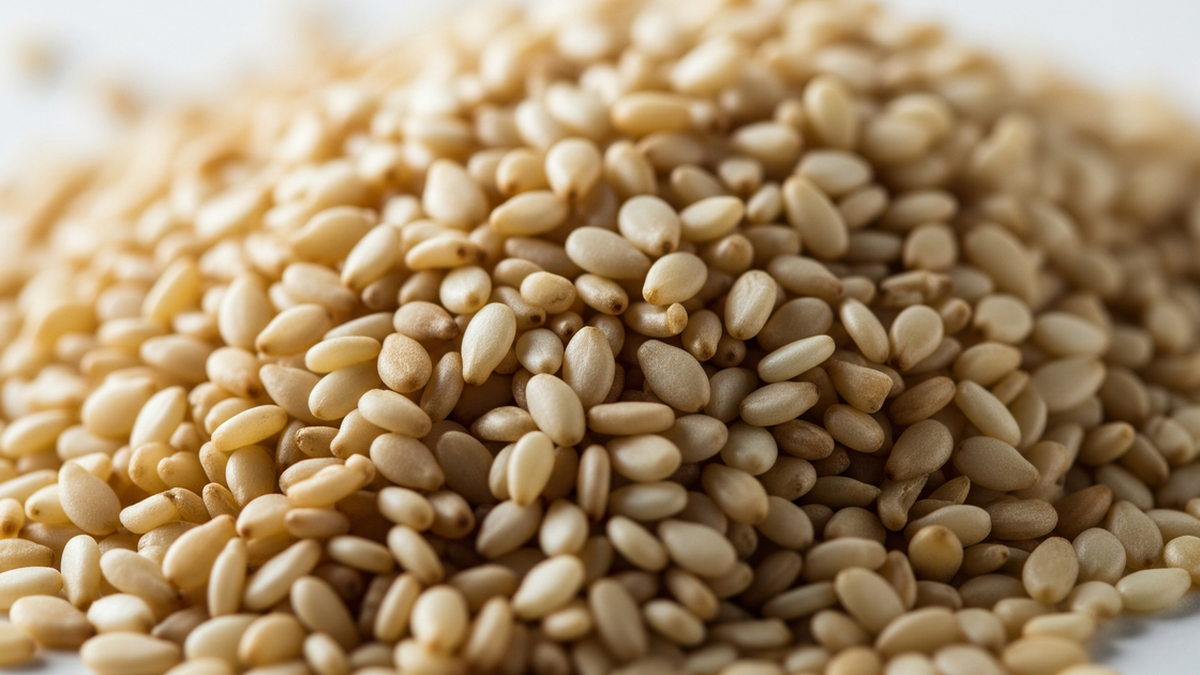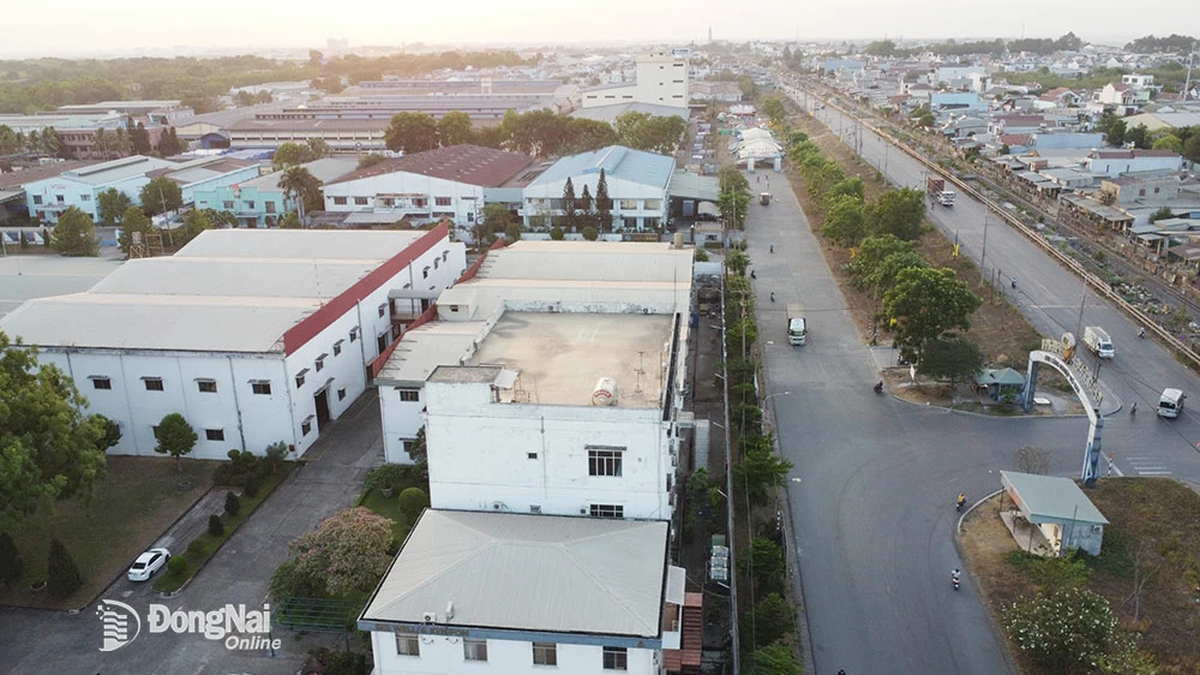Medical news on December 31: Rare syndrome due to delayed gallstone treatment
To prevent Mirizzi syndrome, early detection and treatment of gallstones is very important. Patients should have regular health check-ups and seek medical attention immediately if they have unusual symptoms.
Rare syndrome caused by delayed gallstone treatment
Ms. Mai, 71 years old, had to undergo a complicated surgery to treat Mirizzi syndrome, a rare complication of untreated long-term gallstones.
 |
| Gallstones can cause obstruction, leading to gallbladder dilatation, acute cholecystitis, and serious complications such as cholestasis, cholangitis, or biliary peritonitis due to bile leakage. |
Previously, she had experienced symptoms such as abdominal pain, mild fever and continuous vomiting for 2 days. The doctor determined that gallbladder surgery was needed to avoid the risk of complications.
The CT scan showed that her gallbladder was distended and mildly inflamed. The doctor diagnosed Ms. Mai with cholecystitis and that she needed surgery soon to prevent dangerous complications. However, because she was taking anticoagulants to treat her heart disease, the doctor asked her to stop taking the medication one day before the surgery.
During the surgery, doctors discovered that Ms. Mai's gallbladder was inflamed, thick, and filled with stones and opaque white pus.
The gallbladder funnel and the gallbladder neck duct adhere to the common bile duct, making it difficult to distinguish the boundary. The process of removing the adhesion is very complicated and lasts more than 3 hours. Doctors must be careful at every step to avoid cutting or injuring the common bile duct, which can cause bile leakage, bile obstruction or severe bleeding.
After the surgery, Ms. Mai was monitored in the intensive care unit for 1 day and then transferred to the inpatient room for treatment of cardiovascular diseases. After 2 days, she no longer felt abdominal pain and was able to eat normally.
Mirizzi syndrome accounts for only about 2.5% of all cholecystectomies. This syndrome is usually only discovered during the procedure.
According to Dr. Vo Ngoc Bich, an expert at the Center for Endoscopy and Digestive Endoscopic Surgery, Tam Anh General Hospital, Ho Chi Minh City, Mirizzi syndrome occurs when gallstones are stuck for a long time in the neck of the gallbladder or bile duct.
Gallstones can cause obstruction, leading to gallbladder dilation, acute cholecystitis, and serious complications such as cholestasis, cholangitis, or biliary peritonitis due to bile leakage. The disease can also cause jaundice, yellowing of the eyes, and reduced ability to absorb nutrients due to bile duct obstruction.
To prevent Mirizzi syndrome, early detection and treatment of gallstones is very important. Patients should have regular health check-ups and seek medical attention immediately if they have unusual symptoms.
Especially for those with gallstones, active treatment is needed to avoid dangerous complications. At the same time, maintain a healthy lifestyle and limit foods high in cholesterol to prevent the formation of gallstones.
Avoid the risk of blindness due to diabetes
Diabetic retinopathy is currently the leading cause of vision loss and blindness in Vietnam as well as in the world .
Notably, the rate of diabetic patients with this complication is increasing, becoming a burden for the community, while early diagnosis and treatment are still limited.
According to research, the incidence of diabetic retinopathy in the world in 2020 was 22.27%, equivalent to more than 103 million people.
It is predicted that by 2045, this rate will increase to about 55.6%, with more than 160 million people affected. In particular, in the early stages, the symptoms of diabetic retinopathy are often unclear and do not affect vision much, making it easy for patients to be subjective. Only when there are signs of blurred vision do patients go to the doctor, at which point it is often late, when vision is already damaged.
Dr. Nguyen Quang Bay, Head of the Department of Endocrinology - Diabetes, Bach Mai Hospital, recommends that good control of risk factors and complications in diabetic patients is very important.
Doctors need to develop strategies to help patients achieve the goal of controlling blood sugar, blood pressure, and blood lipids, thereby maintaining disease stability, reducing the risk of progression, and ensuring long-term quality of life.
Good control of blood sugar and blood pressure early is a key factor in preventing and treating diabetic retinopathy. In addition, patients also need to strictly follow the diabetes treatment regimen, including medication, a reasonable diet, exercise and regular eye exams to detect early signs of complications.
Protecting health in the context of air pollution
In recent days, Hanoi has faced serious air pollution, especially fine dust, which has a negative impact on public health.
When the AQI (Air Quality Index) reaches 201-300, corresponding to the purple scale, the air quality is at the “very poor” level, which can cause serious damage to health.
According to the Department of Environmental Pollution Control, the main sources of air pollution in Hanoi and the Red River Delta are mainly: emissions from vehicles, dust and emissions from factories, enterprises and production facilities in the inner city and surrounding areas, as well as construction activities, urban projects, traffic infrastructure, etc.
Health experts have warned that fine dust is an “invisible killer” to health. Studies by the World Health Organization (WHO) show that air pollution increases the risk of respiratory diseases such as pneumonia, asthma, chronic obstructive pulmonary disease (COPD), as well as cardiovascular diseases, stroke and cancer. In addition, exposure to air pollutants can damage the skin, eyes, nervous system and immune system.
To reduce air pollution, Hanoi has implemented a number of measures, including increasing street cleaning to reduce dust.
Reduce traffic congestion by regulating and dividing traffic reasonably. Divide traffic zones and collect zone fees to limit private vehicles.
Build low emission zones, limit vehicles with emissions exceeding permitted levels. Encourage the use of public transport and invest in green transport.
According to the Pam Air application, in recent days, the AQI index in many areas in Hanoi has been at the "purple" level, including some locations such as Dong Anh district (AQI 269), Chua Lang (Dong Da District - AQI 251), Doi Can (Ba Dinh District - AQI 285), Phu Dong (Ba Vi - AQI 242).
In addition, the VN AIR application (data from the Department of Environmental Pollution Control, Ministry of Natural Resources and Environment) also recorded that some provinces in the Red River Delta region had very bad AQI levels.
Specifically, in Thai Nguyen, monitoring stations in areas such as Hung Vuong Street, Mo Che Ward, Quan Trieu Ward and Gang Thep Stadium have AQI indexes of 201, 213, 217 and 224, respectively.
In this context, people need to pay attention to protecting their health, limit going out during hours of heavy pollution, and use masks and air filters to minimize the harmful effects of fine dust.




















































![[Maritime News] More than 80% of global container shipping capacity is in the hands of MSC and major shipping alliances](https://vphoto.vietnam.vn/thumb/402x226/vietnam/resource/IMAGE/2025/7/16/6b4d586c984b4cbf8c5680352b9eaeb0)












































Comment (0)